I'm afraid you are in significant trouble if you cannot tell what the parts are on the boards you have purchased.
In fact the images of both your boards clearly show the part number of the relay used, and clearly have an opto-isolator onboard.

The most significant difference between the two boards is one is for 12VDC and the other for 5VDC.
You give no indication of how you believe EMI is causing your problems (whatever they are) but the boards you point to are NOT equivalent.
Update:
In terms of your design What powers your Rpi? It is quite possible that any surges on your motor side may well impact a small SMPS and reset your Rpi.
You would be much better using a zero crossing SSR than a conventional relay. The points on the conventional relay may open/close at any time, so may close when the voltage is very high on the AC waveform.
An SSR will close/open only when the AC voltage is low (or at least the current is approaching zero if there is phase shift).



